On December 11, 2023, a Kentucky tornado tore through the western countryside.
Another followed soon after, both coming on the two-year anniversary of a deadly twister that left six people dead, another twenty-three injured, and thousands more without access to power or other utilities.
More than almost any other type of natural disaster, tornadoes have the capability to strike suddenly—delivering catastrophic damage across a highly localized strip of land.
Where hurricanes tool across the Atlantic at a few miles an hour, carving massive swaths of damage through whole states, tornadoes can appear almost without warning, leveling one side of your street while leaving the other side completely untouched.
The threat of a storm like the Kentucky tornado can be so severe–and so sudden–that it’s not uncommon to build a dedicated shelter underneath your home in some parts of Oklahoma and Texas.
Which begs the question: Why are these cyclones such a uniquely American problem?
And is there anything more we could be doing to protect our families?
Let’s find out…
Table of Contents
-
01
Geography: A Blessing and a Curse
-
02
How Deadly is a Kentucky Tornado?
-
03
Preparing for the Next Twister
-
04
Final Thoughts
-
05
Frequently Asked Questions
Geography: A Blessing and a Curse
North America owes a great deal of its lasting prosperity to luck, specifically when it comes to geography…
Just take a look at your local globe.
You’ll see that North America is a relatively wide continent, with nearly 3,000 miles separating New York and Los Angeles. We’re also located in a bit of a “sweet spot” in terms of latitude—just close enough to the equator to make for endless acres of great farmland.
This simple fact made America an agricultural hub almost immediately. But it’s a blessing that comes with a curse, in the form of tornadoes.
Specific atmospheric conditions are required for twisters to form—most often within existing thunderstorms. It takes a unique combination of warm, humid air at lower altitudes combined with cold, dry air higher up to create an unstable atmosphere. Powerful updrafts result from that instability, and with the right wind patterns, this can lead to a “mesocyclone,” which is a rotating column of air.
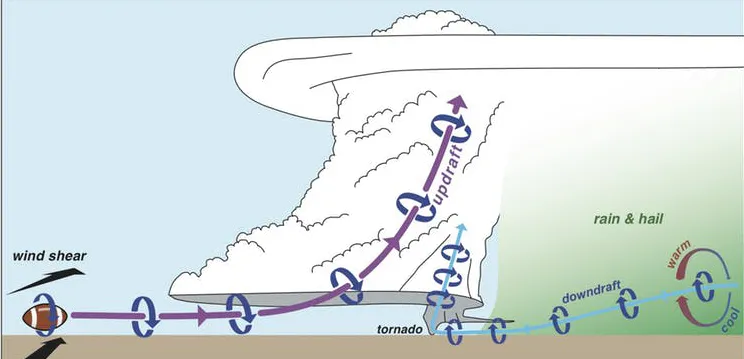
Extremely specific conditions needed to form a tornado. (Image courtesy of UCAR)
As you can see, we’re dealing with a long list of specific conditions and variables before a tornado even forms. So it takes a very special type of climate to even see the risk of a hurricane… which is exactly what you’ll find at “Tornado Alley.”
Tornado Alley spreads across nine different states (Texas, Mississippi, Kansas, Alabama, Louisiana, Illinois, Iowa, Georgia, and Oklahoma) that see between fifty-three and 120 different storms.
The three states hardest hit by tornadoes include:
🔶 Texas, with 120 tornadoes on average
🔶 Mississippi, with 102 tornadoes
🔶 And Kansas, with 87 tornadoes
Note that you won’t see a Kentucky tornado quite as often.
That’s because Kentucky ranks seventeenth in the country, with an average of twenty-eight Kentucky tornadoes per year.
For perspective, sporadic tornadoes are indeed spotted elsewhere in the world, from time to time. But the configuration of Europe’s mountain ranges and the Northern latitudes of Asia make them highly infrequent across other continents.
But once a tornado hits the ground, what does the damage look like?
How Deadly is a Kentucky Tornado?
The Enhanced Fujita (EF) scale is used to measure the intensity of tornadoes.
Storms are ranked from EF0 (weakest) to EF5 (strongest) based on the estimated wind speed and the resulting damage. The destructive potential of tornadoes is directly proportional to their wind speed, with stronger tornadoes causing more extensive and severe damage.
Note that extreme tornadoes can tear through communities with higher wind speeds than even a category 5 hurricane, reaching in excess of 200 miles per hour (320 kilometers per hour). At these speeds, winds can rip through buildings, pull trees out of the Earth whole, and transform every loose object into a ballistic projectile.
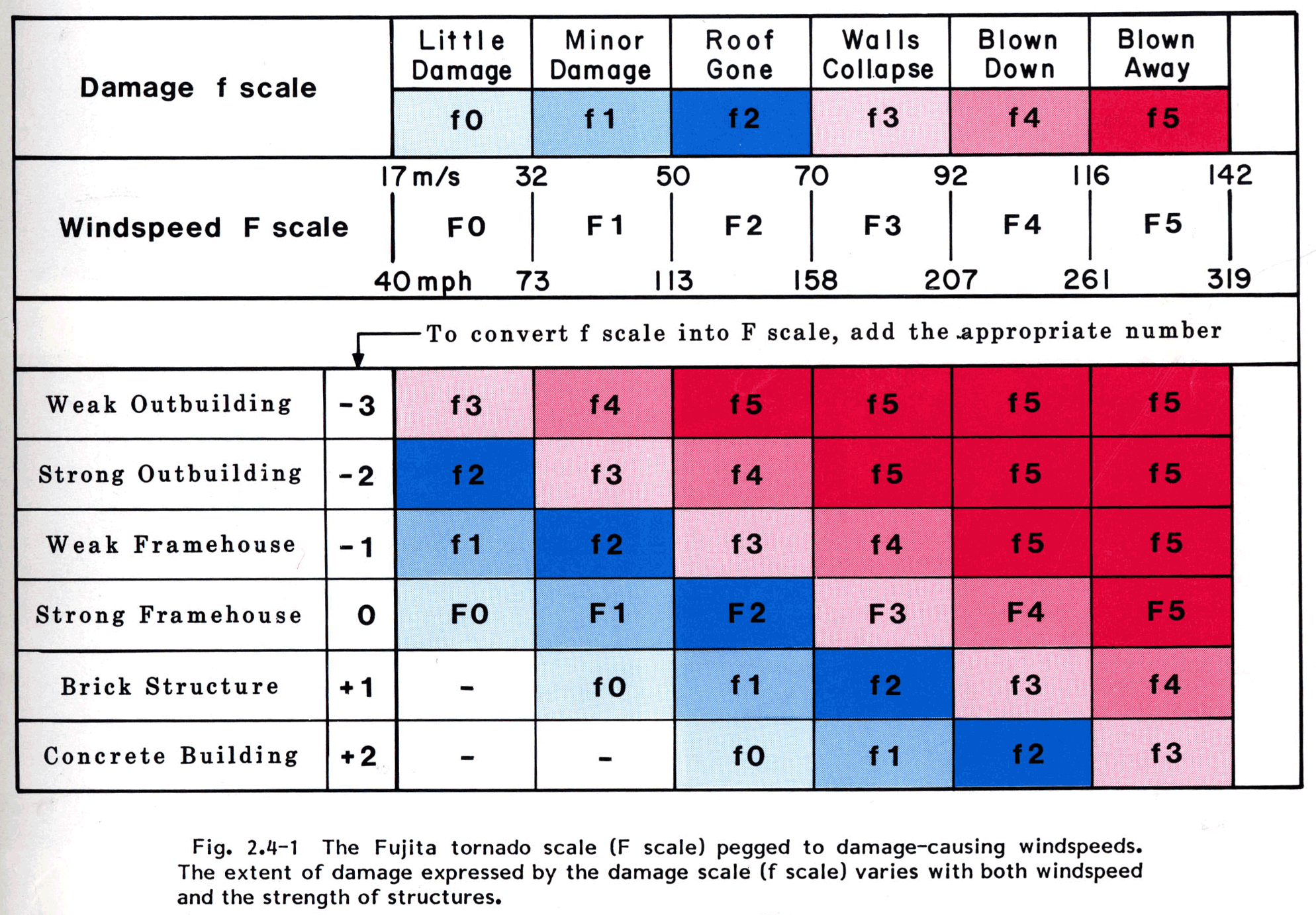
The Enhanced Fujita scale for a tornado’s destructive power. (Image courtesy of the Storm Prediction Center)
The damage done by the latest Kentucky tornado isn’t just material either. The emotional and psychological toll on the community can be substantial. Utilities and services can be interrupted for extended periods of time. Even for those miles removed from the immediate damage, the Kentucky tornado still had a massive effect on families, lives, and work.
Tornadoes are also characterized by their wild unpredictability, as they can form in a matter of minutes and strike with virtually zero warning. Though meteorologists have made a great deal of progress in developing advance warning systems, it’s still an inexact science.
Instead, the duty to prepare falls largely on those in the line of fire…
🔶 Preparing for the Next Twister 🔶
December’s Kentucky tornadoes struck without warning, smashing entire neighborhoods to pieces in a matter of minutes.
Most states have implemented a form of tornado watch or tornado warning, usually broadcast via radio and TV when conditions are confirmed. But these warnings typically provide just a few minutes of advance notice, urging residents to seek shelter as soon as possible.
Infrastructure investments are another key consideration for tornado protection. Some states have adopted special building codes for tornado-resistant structures, mandating designated shelters in major community centers and public locations.
Education is another key consideration for those living in Tornado Alley. It’s crucial that each family in the danger zone has their own specific plan—and that every member of the family is ready to follow that plan to the letter.
Safely surviving a storm like the recent Kentucky tornado means knowing when to take shelter, knowing how long to stay hunkered down, and knowing what to do once the coast is clear.
Of course, it doesn’t hurt to stock up on some practical protective gear either…
And our top recommendation for tornado protection would have to be the VK-530 gas mask filter:
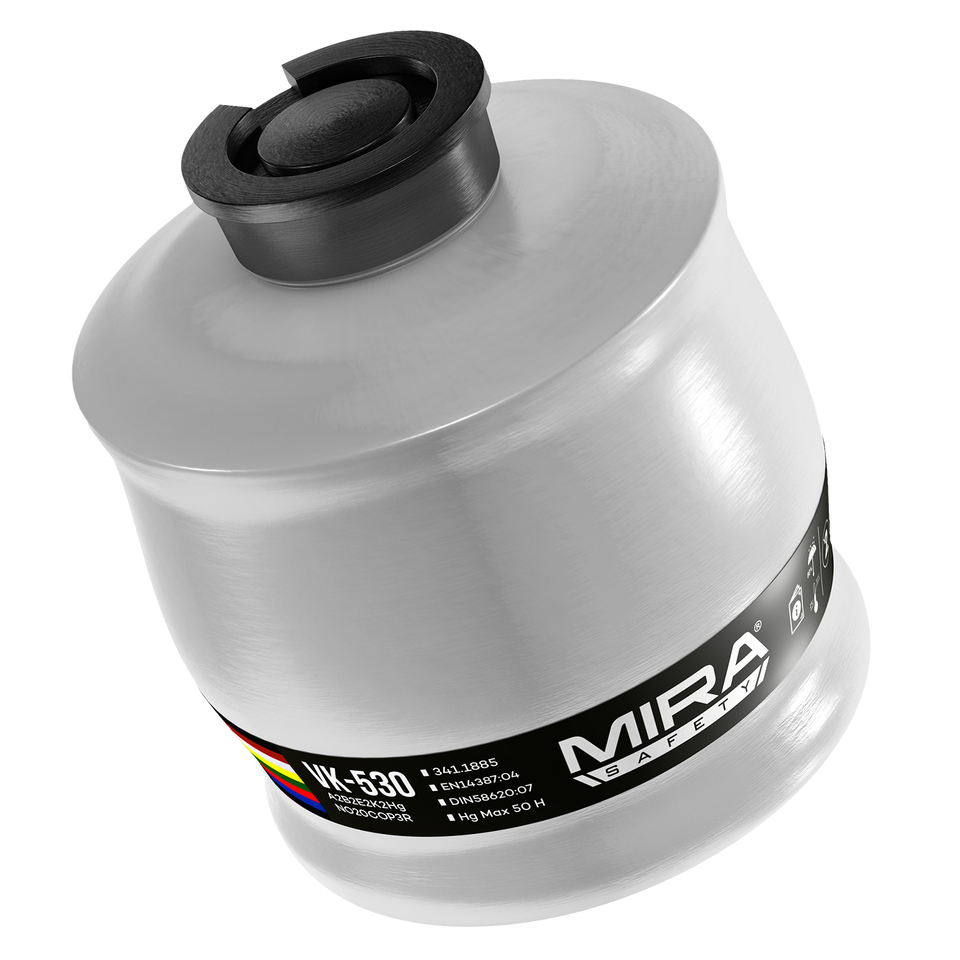
In the aftermath of a storm like the recent Kentucky tornado, the most common airborne threat will be particulates. Ultra-fine, pulverized material that’s released when houses are smashed to pieces.
These particulates could contain practically anything—from harmful asbestos and mold spores that were once locked away in your neighbor’s attic, to concentrated chemical threats. So P3 particle protection is a must.
But the threat of smoke inhalation is also very real. So instead of recommending something like the P3 ParticleMax, we suggest going with the VK-530 to ensure all your bases are covered.
The VK-530 is a practical, multigas filter with an added layer of filter element for scrubbing airborne carbon. As a result, the VK-530 is one of the only gas mask filters that can protect you from potentially toxic smoke inhalation.
To go with that VK-530, we recommend the tried-and-true CM-6M gas mask:
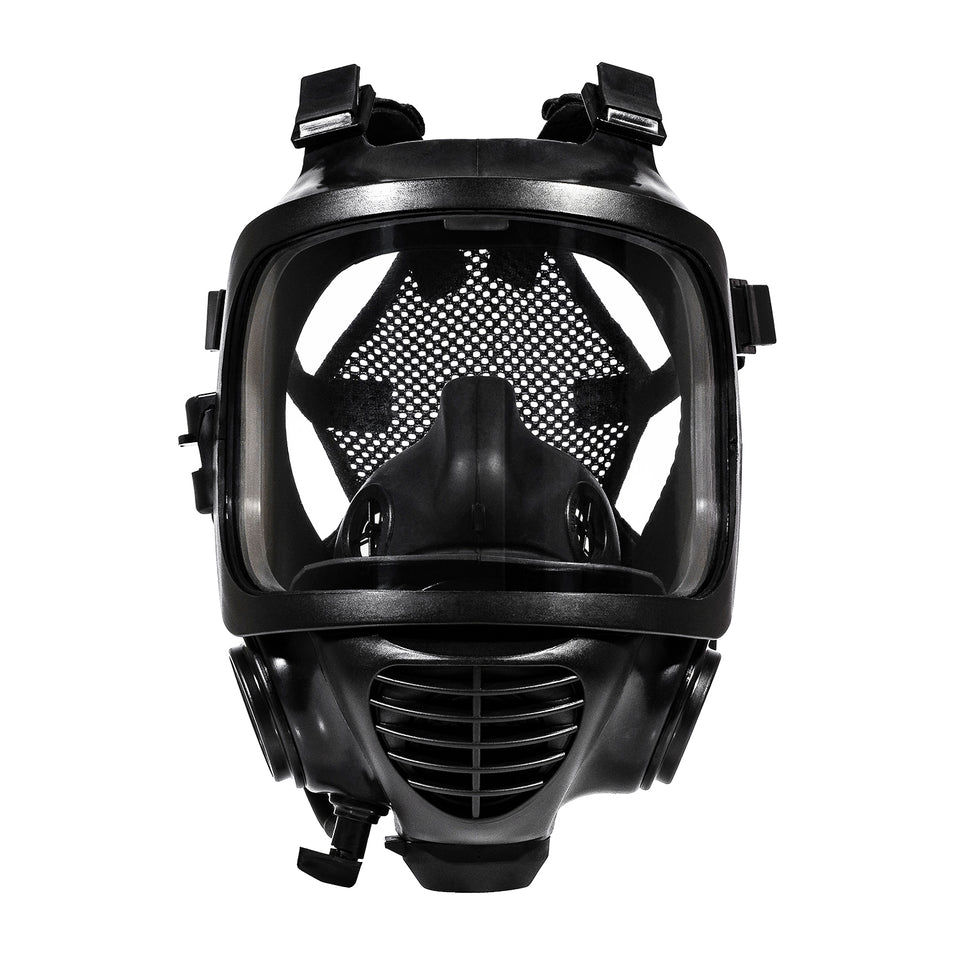
Final Thoughts
Natural disasters are a dangerous fact of life all over America.
On the East Coast, hurricanes are an annual threat each Summer. On the West Coast, earthquakes sporadically ravage entire counties. And in Middle America, deadly twisters (like the recent Kentucky tornado) loom large over local populations.
Granted, tornadoes aren’t an exclusively American problem. But their frequency—and the likelihood of being struck directly in Tornado Alley—can only be found here in the United States.
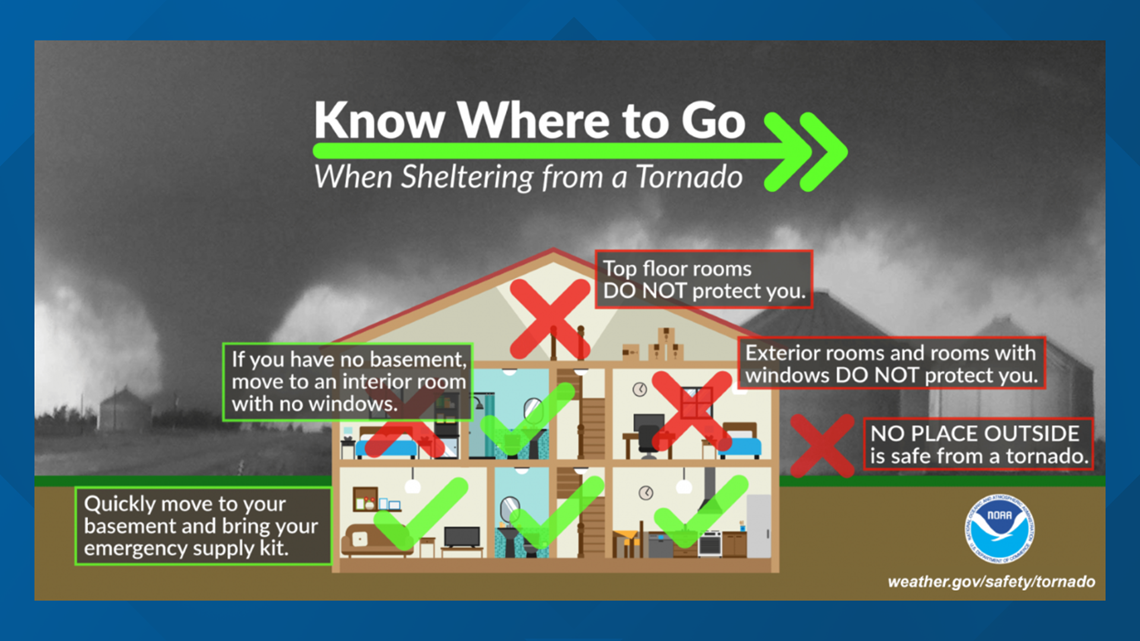
Practical steps for tornado survival. (Image courtesy of CBS 19)
Over time, advanced warning systems will hopefully continue to improve and save more lives.
But for now, it’s on you to take action, establish a practical tornado survival plan, and keep your family safe.
